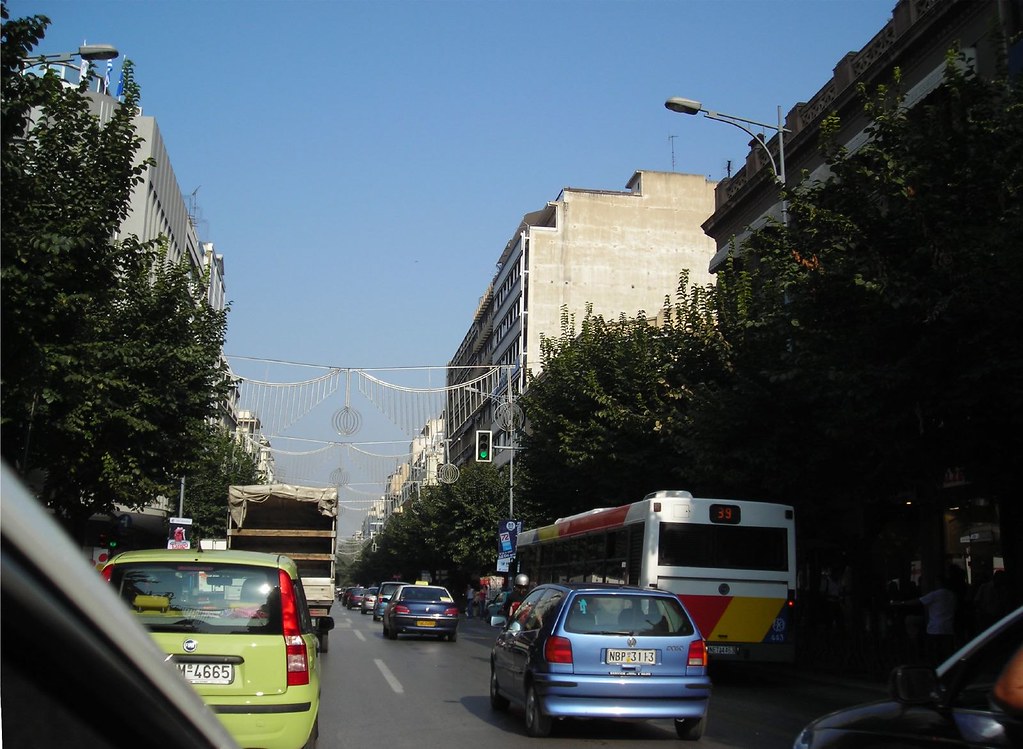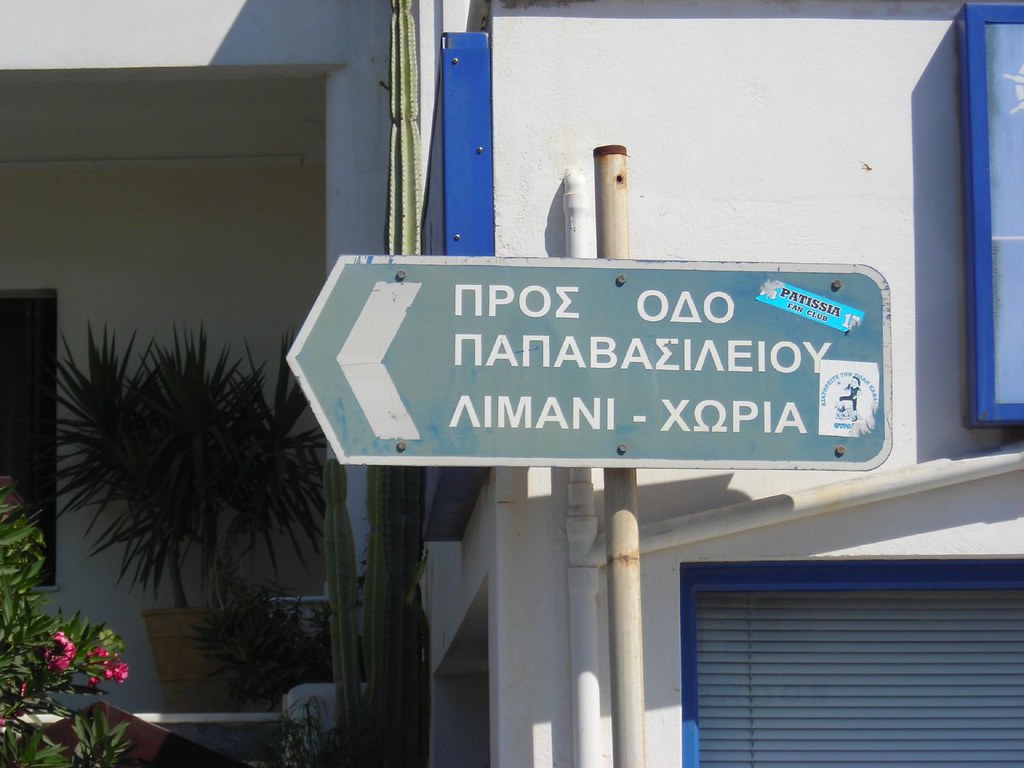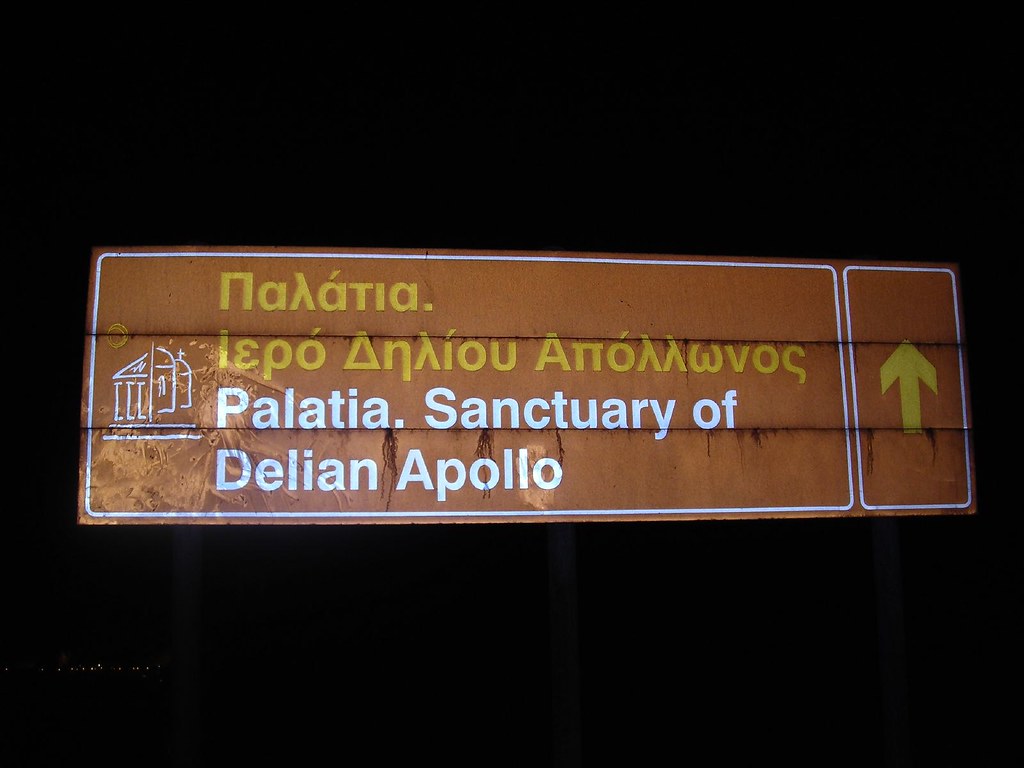Anyway, the firm we were at had cultivated a reputation as the kinder, gentler biglaw that believed in work/life balance, family time, and overall serenity and happiness. This reputation, which I found not particularly well-deserved when I joined full-time after law school, rested largely on the strength of the personality of the managing partner.
The managing partner was (he is not deceased, but is no longer the managing partner) truly a good man, devoted to his family, charismatic, amazing with names and faces and places of origin, and--believe it or not--humble. Humility is a rare quality among lawyers in general and among the partners at biglaw, with their connections and their millions, it is elusive indeed. Some of the ways in which the managing partner kept it real were maintaining a relatively modest home and driving a modest car. I believe it was a five year old Honda Accord. It was easy to pick out in the parking garage among the Jaguars, Mercedes, BMWs, Towncars, and other vehicles costing more than the annual salary of the average American.
Because the car was utilitarian rather than compensatory, the managing partner was comfortable allowing summer associates to use it while he took his family on a two week vacation (usually to the woods for hiking in Maine or New Hampshire, rather than five star resorts). It was generally his practice to have a drawing for use of the car, winner take all. For some reason he changed it up a bit our summer. I think one person wanted it for most of the time, but K and I ended up with it for a weekend. I wanted a car so I could drive some of the things I was mailing home to myself to the PO and we wanted to see Mt. Vernon and driving is really the only way to get there. I believe there is a bus that goes there, and you can bike or hike 18 miles or so on the Mt. Vernon trail but car is the easiest.
So, we're in the car of the managing partner of the very fancy, very well-known, very blue chip law firm at which we are working, driving through the streets of Washington, DC, and both had this simultaneous epiphany that to the other people on the road we appeared to be any old car that had the right to be there, but we were totally lost, didn't have a handle on DC traffic, and just generally did not feel like we belonged.
 The point of this story is that this is how I felt in the beginning while driving in Greece. From the outside, we looked like just a regular car with regular girls (the picture was taken while we drove down the street in Thessaloniki). On the inside, I felt a little crazy and sort of wished I had a public address system I could use to alert other cars to be careful of us!
The point of this story is that this is how I felt in the beginning while driving in Greece. From the outside, we looked like just a regular car with regular girls (the picture was taken while we drove down the street in Thessaloniki). On the inside, I felt a little crazy and sort of wished I had a public address system I could use to alert other cars to be careful of us! But then, very quickly, it felt like the most natural thing in the world. The whole earth is a giant strip mall and driving through Greece, especially between the Macedonian border and Thessaloniki, is pretty much like driving the New Jersey turnpike. I had been very nervous about driving in a foreign country. I had never driven in a foreign country and at home I drive maybe twice a month (I walk to work and everywhere I can, take the Metro most other places, and only drive when absolutely necessary). I am not a natural driver. I'm a cautious driver, make no mistake--I drive like an old lady and am very safe. But behind the wheel does not feel like my milieu, and add in some sort of je ne sais quoi "foreignness" to the mix and I thought it would be overwhelming. I was relieved that it was not so.
K and I rented a VW Polo in the Former Yugoslav Republic of Macedonia. It had AC and was a standard five-speed transmission. Luckily, it gave us no trouble so we didn't have to find out whether Europcar has good roadside assistance! Most European rent cars have standard transmission, so work on your clutch-and-shift skills before you go. We needed all five of the gears for mountain driving. As with many European cars, reverse was a bit of a mystery. It was up and to the left of first, which is the opposite of what I'm used to (all the way over to the right and down) but it was clearly mapped out on the stick shift so how hard could it be? Luckily, when we tried to figure it out we were pulling out of a parking place in a deserted parking lot, not on a busy street! After much finagling and lurching forward we finally realized you had to push the stick shift down and then put it in reverse. It's nice that you can't accidentally go backward, but we were sweating it there for a minute or five.
We were baffled by the gas cap although the rental agent had demonstrated it for us. We got gas twice (and remember when you think it's less than a dollar per gallon--it's sold by the liter, which is about 1/4 of a gallon) and both times the gas station attendant pumped for us. We couldn't tell if it was full-service, or if they just had pity for our inability to remove the gas cap and took over. Greece is very much a cash-based economy and though you might be able to pay for gas with credit at chain gas stations cash is much more common and what we used. The gas station attendant will be able to make change for you right at your car.
Greece uses standard European road signage, which really didn't mean that much to me but K knew what all the signs meant and you can find information on the internet http://www.ideamerge.com/motoeuropa/roadsigns/. A stop sign is a stop sign, identical to what we have in the States. Parking is indicated by a big "P" even though what looks like a P in the Greek alphabet is actually an R.
The speed limit sign is round with a red border and white in the middle with a number. This was the only one I had a hard time catching onto because it's just a number--no km/h or other designation. The speed limit in Greece is exquisitely calibrated...and widely ignored. On some of the mountain roads each individual bend had its own speed limit, but most cars didn't even deign to treat it as a suggestion, much less a rule.
 The vast majority of road signs are provided in Greek with a Roman alphabet transliteration. Sometimes it is on the same sign, and sometimes the transliterated sign is posted 50 m after the Greek sign. However, you will occasionally run into a sign that's not translated (mostly in smaller towns and more rural areas), as in the photo. I *highly* recommend learning the Greek alphabet before you go and practicing to get your reading speed up. My Greek vocabulary is virtually nil but I had worked up to some level of facility with the alphabet and being able to read the characters with reasonable speed was immensely helpful on the road.
The vast majority of road signs are provided in Greek with a Roman alphabet transliteration. Sometimes it is on the same sign, and sometimes the transliterated sign is posted 50 m after the Greek sign. However, you will occasionally run into a sign that's not translated (mostly in smaller towns and more rural areas), as in the photo. I *highly* recommend learning the Greek alphabet before you go and practicing to get your reading speed up. My Greek vocabulary is virtually nil but I had worked up to some level of facility with the alphabet and being able to read the characters with reasonable speed was immensely helpful on the road.Passing is a national pastime in Greece, and it's a sport that allows everybody to get involved. We quickly discerned that it is polite to drive on the shoulder to allow the person behind you to pass. When you move over, you're indicated that it's clear for them to pass. Some trucks will helpfully let you know it's safe to pass them by putting on their right blinker for a few seconds, but this was not universal. Even on roads with multiple lanes going the same direction, slower drivers still veered onto the shoulder to allow passing, and on the six lane highway (three in each direction) into Athens I was constantly moving between lanes to manage the delicate passing dance--in the States I would have stuck in the middle lane and let everyone else go around me but that is just not done in Greece.
Passing is the biggest issue on the winding mountain roads where every driver has a different comfort level with the curves. Trucks necessarily go slow. Some roads had two lanes going up the mountain so you could always pass safely, but on those that didn't I relied a lot on the person in front of me pulling to the shoulder to indicate it was safe to pass (and doing the same for the fearless cars impatiently tailgating me).
 Archaeological and historical sites are well-marked on the road with standard signage. The signs are brown and have a little picture of a broken down column, the name of the site in Greek, the name in English, and an arrow. If you drive through the country you'll see just how many of them there are!
Archaeological and historical sites are well-marked on the road with standard signage. The signs are brown and have a little picture of a broken down column, the name of the site in Greek, the name in English, and an arrow. If you drive through the country you'll see just how many of them there are!You'll probably spend most of your drive in Greece on the National Road, or Egnatia Odos (EΓNATIA OΔOΣ). It is technically the E75, but Greeks don't use the number system and it rarely appears on a sign. It is a toll road and toll is 2E for a car as I recall. We actually only had to pay the toll once or twice; the other toll plazas we reached had Free Pass day.
All roads are well-maintained and safe, if not well lit. At the border with Macedonia was a magnificent row of streetlights that were completely inoperational. I assume they were part of the sprucing up for the Olympics that never quite got finished. Mountain roads are well-banked and almost all roads had generous shoulders.
It's generally easy to find your destination from the roads in Greece, though it's important to take to heart the advice of the desk clerk of the Hotel Tourist in Thessaloniki and DON'T TURN ANYWHERE. There will be signs and they will be accurate, but there is no hand-holding. When a sign tells you to turn to get to some town or sight turn and then just keep going until there's another sign that tells you to turn again, no matter how long it is. I am used to having reassuring signs every 500 feet telling me I'm going in the right direction. You won't get any of that. Just don't lose your nerve and turn back, thinking you've missed something. Every time we did that we got lost, and had we just kept going (for many kms in some cases!) we'd have gotten to the destination.
The only time it's hard to find your destination from signs is when the sign has been completely covered over in stickers, which is unfortunately common. Sometimes the directional arrow is obscured, sometimes the English transliteration, sometimes the whole thing. When we first entered Greece I thought it was a protest against providing English translations of everything for lazy foreigners and that the transliteration was deliberately obscured, but after seeing more it just seems that people like to put stickers on road signs.
 An interesting cultural difference is the way in which road deaths are commemorated. In the States, families generally put up small white wooden crosses on the side of the road where there has been a fatal accident. In addition to commemorating the deceased, they are also a small reminder to drive carefully. In Greece, they go for a much more permanent system. I kept seeing what looked like church-shaped postboxes and finally asked K about them. They are put up to commemorate people who died in traffic accidents. The one in the pic is more elaborate than most (and was put up in front of a church; as we were driving while passing those on the roads I didn't get a picture of any roadside ones). The family's economic standard is clear by the quality of the church postbox. Some are stone, some are simple sheet metal. But the basic idea is always the same. A post, a little box with a cross on top, and items inside to honor the memory. Usually inside there is a picture and a bottle--Coke, whiskey, or both--plus other miscellaneous items like dried flowers. The postboxes are much more enduring than our white crosses, so on curvy mountain roads they are often closely spaced, maybe one every 50 feet. Their presence doesn't seem to slow people down, though.
An interesting cultural difference is the way in which road deaths are commemorated. In the States, families generally put up small white wooden crosses on the side of the road where there has been a fatal accident. In addition to commemorating the deceased, they are also a small reminder to drive carefully. In Greece, they go for a much more permanent system. I kept seeing what looked like church-shaped postboxes and finally asked K about them. They are put up to commemorate people who died in traffic accidents. The one in the pic is more elaborate than most (and was put up in front of a church; as we were driving while passing those on the roads I didn't get a picture of any roadside ones). The family's economic standard is clear by the quality of the church postbox. Some are stone, some are simple sheet metal. But the basic idea is always the same. A post, a little box with a cross on top, and items inside to honor the memory. Usually inside there is a picture and a bottle--Coke, whiskey, or both--plus other miscellaneous items like dried flowers. The postboxes are much more enduring than our white crosses, so on curvy mountain roads they are often closely spaced, maybe one every 50 feet. Their presence doesn't seem to slow people down, though. All in all, driving in Greece was easy, safe, and painless. In fact, it sometimes made it a little surreally *too* familiar. Driving is driving and K and I would be going along and chatting comfortably and then suddenly I would have a small epiphany that we were in Greece, not home in Washington DC.
No comments:
Post a Comment